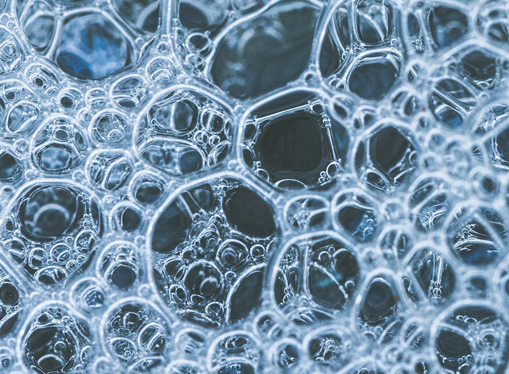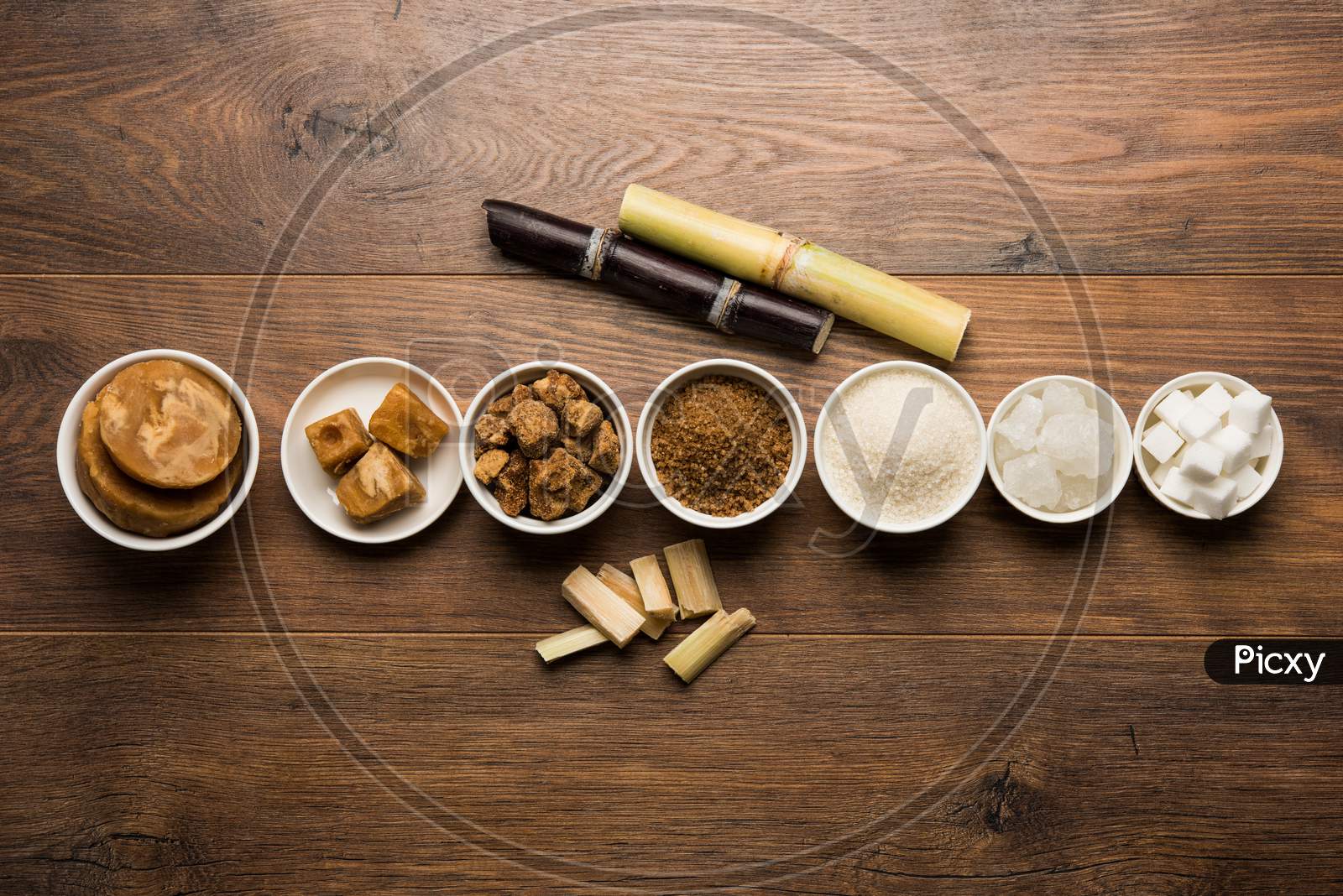Why sugar cane products Remain Highly Valued in the Food and Beverage Sector
The Comprehensive Trip of Sugar Cane: Recognizing Materials and Production Techniques
The trip of sugar cane is a complex procedure that starts in exotic areas with suitable expanding problems. Cultivation practices are developed to make the most of yield and sustainability. Harvesting approaches vary from conventional hands-on strategies to modern mechanical strategies. After harvest, sugar walking cane goes through numerous handling stages to change it into granulated sugar. This exploration exposes not only the complexities of production however also the more comprehensive ramifications for worldwide markets and the environment. What exists beyond this first makeover?

The Background of Sugar Cane Growing
Although sugar walking stick cultivation days back thousands of years, its beginnings can be traced to the tropical areas of Southeast Asia, where very early farmers first identified the plant's sweet sap. This discovery brought about the growing of sugar walking stick as a staple plant, gradually infecting India and the Middle East. By the initial millennium AD, sugar walking cane was being grown in these regions, where methods for drawing out and refining sugar were developed.The plant obtained prestige in Europe during the Crusades, as returning soldiers brought expertise of sugar production back home. By the 15th century, the establishment of sugar plantations started in the Caribbean, driven by the demand for sugar in Europe. The transatlantic slave trade sustained this development, as oppressed labor was utilized to take full advantage of production. Over centuries, sugar walking stick cultivation advanced, influencing economic climates and cultures worldwide, making it a substantial agricultural commodity.
Growing Problems and Agricultural Practices
The successful cultivation of sugar cane counts greatly on details growing problems and farming techniques. Suitable temperature levels vary in between 20 to 32 degrees Celsius, with well-distributed rains of 1,500 to 2,500 millimeters annually. Soil quality is necessary; loamy or sandy soils, abundant in raw material, promote healthy growth.Farmers usually utilize numerous agricultural techniques to improve yield. Plant turning and intercropping prevail methods to preserve soil fertility and control insects. Regular watering might be necessary in drier regions, making certain that the plants get ample wetness. Fertilizing, especially with nitrogen and potassium, is vital for robust growth.Pest and weed monitoring methods, including integrated parasite administration (IPM), help to reduce losses. Sustainable methods, such as minimal tillage and chemical-free farming, are gaining traction among manufacturers to safeguard the atmosphere. Jointly, these elements contribute considerably to the effective production of sugar walking cane.
Harvesting Techniques and Timing
In sugar cane production, the option between handbook and mechanical harvesting greatly affects effectiveness and yield. Timing is likewise critical, as harvesting at the suitable minute guarantees optimal sugar web content and lessens losses. Comprehending these variables is important for effective sugar cane farming.
Handbook vs. Mechanical Harvesting
Collecting sugar cane entails two main approaches: manual and mechanical, each with distinctive advantages and difficulties. Hand-operated harvesting, typically done by workers utilizing machetes, enables better accuracy in reducing and decreases damages to the plant. It is often preferred in regions with uneven surface or where the crop is interspersed with other plants, as employees can navigate these intricacies extra successfully. It is labor-intensive and lengthy. Conversely, mechanical harvesting employs specialized equipments to cut and accumulate the cane rapidly, boosting effectiveness and minimizing labor costs. This method is matched for large procedures however can lead to greater crop damages and dirt compaction. Eventually, the selection between manual and mechanical harvesting depends on different aspects, including economic considerations and ecological conditions.
Optimum Harvesting Timing
Picking the appropriate minute to gather sugar walking cane substantially impacts both yield and quality. Ideal collecting normally takes place when the walking stick reaches full maturity, generally in between 12 to 18 months after growing. At this phase, sucrose levels height, making sure the best sugar extraction rates. Climate condition likewise play a vital duty; harvesting during completely dry periods can prevent damage to the walking stick and lessen dirt compaction. Furthermore, keeping an eye on the plant's shade and leaf decline can show readiness, as a yellowing of the leaves suggests that the cane is ripe. Timely harvesting is crucial, as delays can result in reduced sugar material and enhanced vulnerability to insects and illness, eventually influencing general production performance.
Handling Methods: From Cane to Sugar
The handling of sugar cane includes essential extraction methods that separate the juice from the fibrous plant product. Complying with extraction, the refining process changes the raw juice right into crystallized sugar, guaranteeing pureness and high quality. Understanding these methods is necessary for understanding the trip of sugar from cane to end product.
Extraction Methods Summary
Removal strategies play a considerable role in changing sugar cane into functional sugar. The walking stick is gathered and carried to refining facilities where it goes through comprehensive washing to remove contaminations - sugar cane products. The following step entails crushing the walking cane making use of hefty rollers, which launches the juice having sucrose. This juice is after that clarified via the addition of lime and warmth, allowing pollutants to clear up out. After clarification, the juice is vaporized under regulated temperature levels to concentrate the sugar web content. Ultimately, crystallization occurs, where sugar crystals are developed as the concentrated juice cools. These methods assure the effective view publisher site removal of sugar while preserving the high quality required for additional handling. Recognizing these techniques is important for understanding the general production of sugar from sugar walking stick
Refining Process Explained
Refining sugar from the removed juice is an essential action that enhances its pureness and high quality. This process involves several phases, starting with information. The juice is heated up and treated with lime and various other representatives to eliminate contaminations, causing a clearer fluid. Next, the clarified juice undertakes evaporation, where water is removed to focus the sugar web content. The focused syrup is then crystallized by cooling down, enabling sugar crystals to develop. These crystals are separated from the staying syrup, understood as molasses, with centrifugation. The raw sugar is further improved via cleaning, filtering, and drying, which eliminates any type of remaining impurities. Completion product is the granulated sugar commonly utilized in families and sectors worldwide, ensuring uniformity and sweetness.
Lasting Practices in Sugar Cane Production
Sugar walking stick production has generally relied on intensive farming methods, there is an expanding focus on sustainable practices that promote ecological wellness and financial viability. Farmers are significantly embracing strategies such as plant rotation, which enhances dirt fertility and lowers bug problems. Integrated parasite management (IPM) is also obtaining traction, permitting natural predators to regulate pest populations, therefore lessening chemical pesticide use.In enhancement, advancements in watering methods, such as drip irrigation, are being used to save water resources. Sustainable land monitoring techniques, consisting of decreased husbandry, assistance stop soil disintegration and preserve biodiversity. Many producers are checking out natural farming methods, which eschew artificial fertilizers and chemicals entirely, cultivating a healthier ecosystem.
The Worldwide Sugar Market and Economic Effect
Sustainable techniques in sugar walking stick production not only profit the environment yet also affect the characteristics of the worldwide sugar market. As consumer demand shifts in the direction of ethically produced products, nations taking on sustainable approaches gain affordable benefits. This fad triggers major sugar exporters, such as Brazil and India, to integrate environment-friendly methods, therefore affecting global pricing and supply chains.Moreover, fluctuations in production because of climate change and environmental guidelines can create volatility in sugar prices, influencing economies reliant on sugar exports. For example, regions that purchase lasting farming may experience enhanced yield stability, leading to much better market positioning.Economic influences extend past individual countries, as global trade agreements and tariffs shape the competitive landscape. Inevitably, the interaction in between sustainable techniques and market dynamics highlights the relevance of adaptive approaches in a quickly altering financial atmosphere, influencing both manufacturers and customers in the international sugar market.
Developments in Sugar Cane Application and Results

As the need for sustainable resources expands, technologies in sugar cane utilization and results are transforming the agricultural landscape. Researchers and business owners are discovering unique applications that extend beyond traditional sugar production. One significant growth is the conversion of bagasse, the coarse deposit left after juice removal, into bioenergy and bioplastics (sugar cane products). This not only minimizes waste however additionally supplies sustainable energy options for processing facilities.In addition, improvements in fermentation technology have led to the production of biofuels, such as ethanol, from sugar cane, which adds to cleaner power solutions. The extraction of molasses has opened avenues for creating value-added products like pet feed and specialized spirits.These innovations not just enhance the economic viability of sugar cane cultivation yet additionally advertise environmental sustainability, making sugar walking cane a pivotal plant in the see post shift in the direction of a circular economic situation. The recurring exploration of its potential proceeds to generate encouraging results
Frequently Asked Inquiries
What Are the Health Effects of Consuming Sugar Cane Products?
The health effects of consuming sugar walking stick items can vary. While they supply energy and website here vital nutrients, excessive consumption might lead to weight gain, enhanced blood sugar level levels, and a higher threat of dental issues. Moderation is key.
Just How Does Environment Adjustment Influence Sugar Cane Production?
Environment modification considerably affects sugar walking cane production by modifying rains patterns and increasing temperature levels. These changes can cause lowered yields, boosted insect stress, and challenges in preserving soil health and wellness, inevitably impacting both quality and amount of harvests.
What Is the Function of Sugar Cane in Biofuel Production?
The role of sugar walking stick in biofuel production is substantial; it offers as an eco-friendly energy resource, transforming sugars into ethanol. This process reduces dependence on fossil fuels and aids reduce greenhouse gas discharges, advertising environmental sustainability.

Exist Any Type Of Alternate Sugar Derived From Sugar Cane?
Alternate sweeteners acquired from sugar walking cane consist of molasses and cane sugar itself. These products supply sweetening alternatives while maintaining some dietary advantages, making them prominent selections for customers seeking all-natural choices to sweetening agents.
How Does Sugar Cane Farming Affect Citizen Communities?
Sugar cane farming considerably effects neighborhood neighborhoods by offering employment opportunities, boosting neighborhood economic climates, and affecting social frameworks. Nonetheless, it can additionally result in ecological problems and health and wellness problems, necessitating a balanced strategy to sustainable methods.